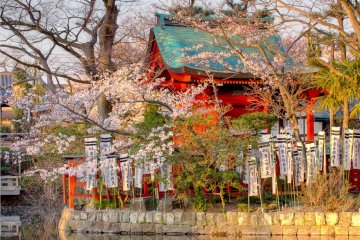
Kamakura Tsurugaoka Hachiman-gu
Josef DiermairTsurugaoka Hachiman-gu Shrine is a small shrine compared to Kyoto-size shrines, but charming and very alive.

Tsurugaoka Hachimangu Shrine is arguably the most important shrine in Kamakura and is located roughly in the center of the city. The shrine was originally founded in 1063 by Minamoto Yoriyoshi, the head of Japan’s Minamoto Clan, and was later moved in 1180 to its current location by Minamoto Yoritomo, the founder and first shogun of the Kamakura shogunate. This relocation marked the start of samurai society and Kamakura as a spiritual and social center of Japan. This rich history and culture is still present in Kamakura today.
The shrine is dedicated to Hachiman, the guardian deity of samurai and the Minamoto Clan. Hachiman is worshiped for good fortune in warfare.
The long pathway to the shrine runs through Kamakura City and is marked by multiple red torii gates, showing an interconnectedness between spirituality and urban life. Upon entering the shrine grounds, you will see two ponds on either side of you. The pond on the left represents the Minamoto clan, and the one on the right represents the Taira Clan (Minamoto’s rival). The Taira pond purposefully has four islands in it, which symbolizes the bad blood between the clans as four can be pronounced the same as “death” in Japanese. Beside the Minamoto pond is a beautiful peony garden that is open in winter and spring when the flowers are in full bloom.
Past the ponds you will come across the mai-den, which is located at the base of the stairs to the main hall. This vibrant red building is used as a stage for music and dance performances throughout the year’s festivities. Atop the wide staircase is the main hall. This traditionally designed structure features a red facade with gold-and-green detailing and is a commanding sight due to its massive size. Beside the main hall is a treasure hall that displays historical artifacts such as swords and masks.
The grounds are also home to numerous smaller buildings and shrines, most notably Wakamiya and Maruyama Inari Shrine, which, along with the main hall, are nationally important cultural properties.
Tsurugaoka Hachimangu hosts numerous events throughout the year. One of the shrine’s most popular festivals occurs from September 14th to 16th and features yabusame horseback archery. The shrine is also one of Japan’s most popular spots for hatsumode, which is the first shrine visit of the year.
Tsurugaoka Hachimangu is 10-15 minutes walk from JR Kamakura station (take the east exit).

Tsurugaoka Hachiman-gu Shrine is a small shrine compared to Kyoto-size shrines, but charming and very alive.

Starting more than 800 years ago, Tsurugaoka Hachimangu Shrine was the center of the great samurai city of Kamakura.

Pink and white lotus flowers in the ponds at Hachimangu Shrine in Kamakura

If you happen to come to Japan in July or August, then I highly recommend you visit the two lotus ponds at Hachimangu Shrine in Kamakura.

Experience the Samurai spirit through horseback archery at the Tsurugaoka Hachimangu Shrine in Kamakura
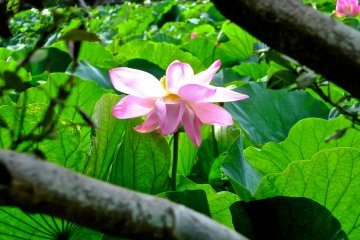
If you visit Kamakura in the summer from mid-July to mid-August, drop in at Hachimangu Shrine, not to see the shrine, but the lotus ponds!
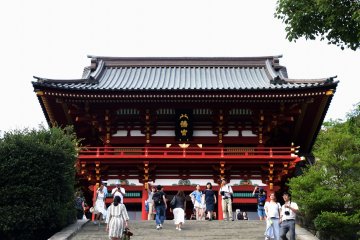
Tsurugaoka Hachimangu Shrine; the center of Kamakura, the first capital of the samurai.
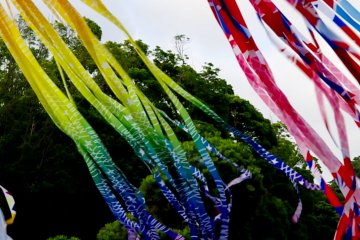
Kamakura Hachiman-gu, Star Festival: During the season, beautiful colorful bowls with slips of paper, and bamboo branches adorned with paper decorations create a magical atmosphere at the precincts

Taisen-kaku is a 100-year-old inn just seconds away from Hase Kanon Temple. The service they provide will leave you with a memorable experience of your time in Kamakura.
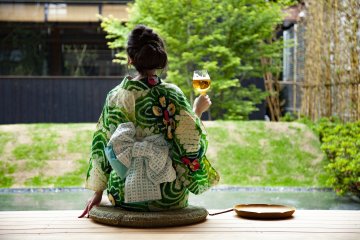
Kishi-ke is traditional, yet modern, Japanese-style inn that aims to connect guests with the present and help them achieve inner harmony through its peaceful design and cultural experiences.
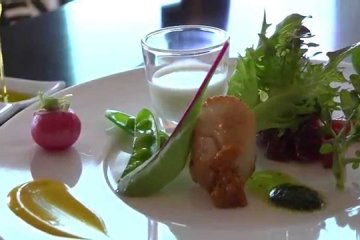
Lunch at The Scapes, Hayama: Enjoy really delicious vegetables, a nice tender steak and tasty deserts, a sophisticated atmosphere and stunning seashore view.

At the creative French restaurant, Nature et Sens, diners are treated to an experience for the senses. Seasonal ingredients and Kamakura produce take centerstage in these fantastically beautiful dishes. Enjoy a glass of wine with your meal from their wide selection for the ultimate experience.
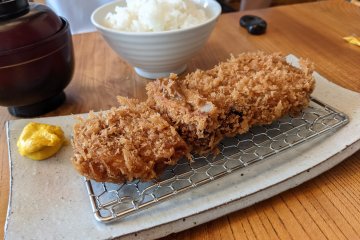
Taste Aratama's famous fried pork cutlet and fall in love with the fresh flavors. Tonkatsu isn't all that's on the menu. Be sure to try Aratama's other dishes like mozzarella menchi katsu and cream croquette.
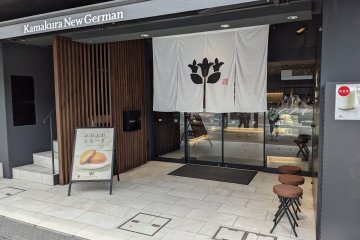
Discover the taste that Kamakura locals are in love with. New German's fluffy custard-filled sponge cakes are a dessert that is sure to impress. The caramel custard flavor is especially popular with visitors.

Kenchoji is Kamakura’s oldest Zen temple and is recognized as the top temple of the city’s Five Great Zen Temples. It was originally founded by regent Hojo Tokiyori in 1253 as a Zen training temple, and its first head priest was a Chinese Zen priest named Rankei Doryu. One of Kenchoji’s defining characteristics is its expansive temple grounds. After the gates and main area, the complex extends deep into the wooded hills. The temple’s main buildings feature traditional Chinese architecture and are arranged in a line, which is characteristic of Chinese Zen Buddhist temples. Kenchoji’s entrance is marked by Somon, a relatively small, yet beautiful, wooden gate that leads to the main gate, Sanmon. This massive wooden structure is meant to relieve you of all your attachments. Just past Sanmon and to the right is the temple’s bell tower, and to the left is a revered juniper tree. This 13-meter-tall tree is estimated to be about 760 years old and allegedly sprouted from seeds brought from China during the temple’s construction. After the gates, the temple buildings stand in a line down the complex. First is Butsuden (Buddha Hall), which enshrines the principal statue of the temple, Jizo Bodhisattva. Directly behind Butsuden is Hatto, the largest wooden temple building in Eastern Japan. When Kenchoji was strictly a training temple, monks would gather in Hatto to listen to priests’ lectures. Inside Hatto is a statue of Senju Kannon and a stunning ceiling painting of a dragon among the clouds. Past Hatto is Hojo; this building was initially the head priest’s residence, but today is popular for its picturesque Zen garden. Sanmon, the bell tower, Butsuden, and Hatto are all designated as National Important Cultural Properties. After the main temple grounds, a path goes further into the forested hillside to Hansobo. This small shrine is dedicated to Hansobo Daigongen, the guardian deity of the temple, and has a small observation deck. A little further past the shrine is a second observation deck where you can observe Mount Fuji on clear days. From this point, there is a one-hour hiking trail that leads to Zuisenji Temple.

Myohonji, located in the heart of Kamakura, is one of the oldest Nichiren-sect temples of Japanese Buddhism. Despite its city location, the temple is renowned for its tranquil atmosphere and lush encircling nature. It also tends to be less touristy than other temples in the area. Myohonji was founded in 1260 by Hiki Yoshimoto after he encountered the Buddhist priest and philosopher Nichiren Shonin in Kamakura. The site of the temple was previously home to the Hiki clan, before they were defeated by the Hojo clan in the early 1200s. Hiki Yoshikazu donated his home to Nichiren Shonin for the souls of his fallen clan, which later grew to be Myohonji. Some notable structures include Soshido, Myohonji’s largest temple building, Nitenmon gate, a beautiful inner gate, and a bronze statue of Nichiren. Enjoy the temple grounds in all seasons with spring cherry blossoms, verdant summer foliage, fiery autumn maple and ginkgo leaves, and winter plum blossoms.
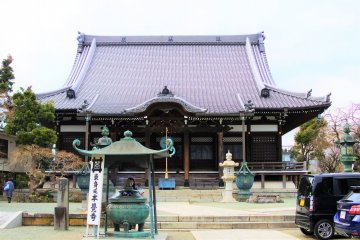
Hongakuji Temple (本覚寺) is dedicated to Ebisu, part of the Kamakura seven deities of good luck. The temple was founded by Ashikaga Mochiuji in 1436.